Who was Pseudo-Dionysius?
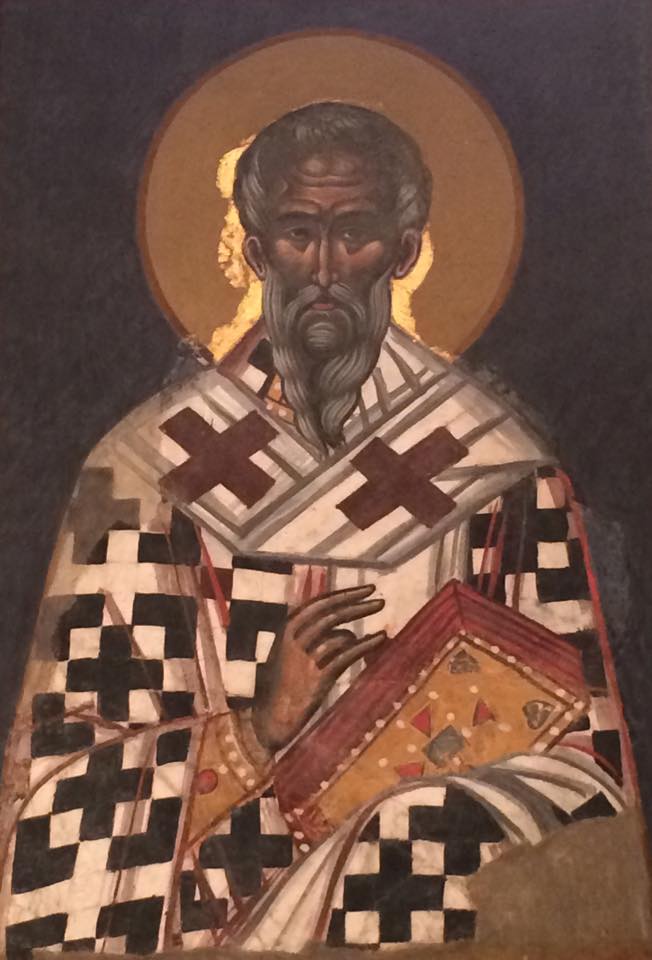 Pseudo-Dionysius the Areopagite, a mysterious figure who wrote under the pseudonym of Dionysius the Areopagite, a convert of St. Paul mentioned in Acts 17:34, is one of the most influential Christian mystics and theologians. His writings, which blend Neoplatonic philosophy with Christian theology, have had a profound impact on the development of Western spirituality, mysticism, and even modern depth psychology. This essay will explore the key ideas in Pseudo-Dionysius’ thought, their influence on later mystical and philosophical traditions, and their implications for depth psychology, psychotherapy, and the understanding of psychological trauma.
Pseudo-Dionysius the Areopagite, a mysterious figure who wrote under the pseudonym of Dionysius the Areopagite, a convert of St. Paul mentioned in Acts 17:34, is one of the most influential Christian mystics and theologians. His writings, which blend Neoplatonic philosophy with Christian theology, have had a profound impact on the development of Western spirituality, mysticism, and even modern depth psychology. This essay will explore the key ideas in Pseudo-Dionysius’ thought, their influence on later mystical and philosophical traditions, and their implications for depth psychology, psychotherapy, and the understanding of psychological trauma.
The Life and Works of Pseudo-Dionysius
Very little is known about the actual identity of Pseudo-Dionysius. Scholars believe he was a Syrian monk who lived in the late 5th or early 6th century CE. He adopted the name of Dionysius the Areopagite, possibly to lend authority to his writings. His major works include:
1. The Divine Names
2. The Mystical Theology
3. The Celestial Hierarchy
4. The Ecclesiastical Hierarchy
5. The Letters
These works form a cohesive theological and philosophical system that explores the nature of God, the hierarchy of celestial beings, the structure of the church, and the path of the soul’s ascent to mystical union with the divine.
The Dionysian Worldview
At the core of Pseudo-Dionysius’ thought is a hierarchical and symbolic understanding of reality. He envisions the universe as a great chain of being, emanating from the unknowable, transcendent God (the “Thearchy”) and descending through various levels of celestial and earthly hierarchies. Each level of the hierarchy serves as a symbol and an image of the divine, participating in and pointing towards the ultimate reality of God.
For Pseudo-Dionysius, God is beyond all names and categories, transcending even the concepts of being and non-being. He uses the term “divine darkness” to describe this ultimate, unknowable reality, which can only be approached through a process of negation (apophasis) and mystical union. This apophatic approach, which emphasizes the inadequacy of all human concepts and categories to grasp the divine, becomes a central theme in Christian mysticism and negative theology.
The Celestial and Ecclesiastical Hierarchies
In The Celestial Hierarchy, Pseudo-Dionysius describes the nine orders of angels, divided into three triads, which mediate between God and humanity. Each angelic order has a specific function in the cosmic liturgy and the transmission of divine light and knowledge. The Ecclesiastical Hierarchy, in turn, mirrors this celestial order, with the sacraments, clergy, and laity participating in the divine mysteries and the upward movement of the soul towards God.
These hierarchies serve a twofold purpose: they reveal the divine presence in a symbolic and mediated way, and they guide the soul in its ascent to mystical union. For Pseudo-Dionysius, the liturgy and the sacraments are not merely human rituals, but cosmic events that participate in the divine reality and facilitate the soul’s transformation and deification.
The Path of Mystical Ascent
Central to Pseudo-Dionysius’ thought is the idea of the soul’s ascent to mystical union with God. This ascent involves a process of purification, illumination, and finally, union (theosis), in which the soul is transformed and deified by divine grace. The Mystical Theology outlines this path of ascent, describing how the soul must strip away all concepts, images, and attachments to created things in order to enter the divine darkness and the sphere of unknowing.
This process of ascent is not merely an intellectual or contemplative exercise, but a total transformation of the person, involving the integration of the body, mind, and spirit. It requires a radical letting go of the ego and a surrender to the divine presence, which can be a difficult and painful process. Pseudo-Dionysius emphasizes the need for divine grace and the guidance of spiritual hierarchies in this journey, as well as the importance of liturgy and sacraments as vehicles of transformation.
The Influence of Pseudo-Dionysius
The writings of Pseudo-Dionysius had a profound influence on the development of Christian mysticism, theology, and philosophy. His ideas were widely read and commented upon in the Middle Ages, shaping the thought of figures such as John Scotus Eriugena, Meister Eckhart, and Nicholas of Cusa. The Dionysian corpus also played a significant role in the development of Eastern Orthodox theology and spirituality, particularly the Hesychast tradition of contemplative prayer.
In the modern era, Pseudo-Dionysius’ ideas have been rediscovered and reinterpreted by scholars and thinkers in various fields, including theology, philosophy, and depth psychology. His emphasis on the symbolic and mythical dimensions of reality, the importance of the imagination in spiritual and psychological transformation, and the need for a mystical and apophatic approach to the divine have resonated with many modern seekers and scholars.
Implications for Depth Psychology and Psychotherapy
While Pseudo-Dionysius’ writings are primarily theological and mystical in nature, they have significant implications for depth psychology and psychotherapy. Many of the key themes in his thought, such as the journey of the soul, the integration of the psyche, and the transformative power of symbols and myths, are central concerns in depth psychology and psychotherapy.
The Jungian Perspective
The Swiss psychiatrist and psychoanalyst Carl Gustav Jung was deeply influenced by Pseudo-Dionysius’ ideas, particularly his concept of the celestial hierarchies and the archetypal nature of religious symbols. Jung saw in the Dionysian corpus a profound understanding of the psychological and spiritual dimensions of the human psyche, and he incorporated many of these insights into his own theories of the collective unconscious, archetypes, and the process of individuation.
For Jung, the Dionysian hierarchies represented the archetypal structures of the psyche, with each level corresponding to a different stage of psychological development and integration. He also saw in Pseudo-Dionysius’ apophatic theology a recognition of the unknowable and ineffable nature of the Self, the central archetype of the psyche that guides the process of individuation.
Jung’s engagement with Pseudo-Dionysius’ ideas helped to shape his understanding of the religious and mythical dimensions of the psyche, and the importance of integrating these dimensions into the therapeutic process. He recognized that the path of individuation, like the Dionysian path of mystical ascent, involves a confrontation with the shadow, a letting go of the ego, and a surrender to the transformative power of the Self.
Trauma and the Dionysian Path
The Dionysian understanding of the soul’s journey, with its emphasis on purification, illumination, and union, also has important implications for the conceptualization and treatment of psychological trauma. Trauma, in many ways, represents a shattering of the psyche, a fragmentation of the self that disrupts the normal process of development and integration. It often involves a confrontation with the shadow, the dark and painful aspects of the psyche that have been split off or repressed.
From a Dionysian perspective, the path of healing from trauma involves a process of gradual reintegration and transformation, a descent into the depths of the psyche in order to retrieve the lost or fragmented parts of the self. This process requires a letting go of the ego’s defenses and a surrender to the transformative power of the Self, which can guide the psyche towards wholeness and integration.
In this context, the therapist can be seen as a guide or facilitator of the soul’s journey, helping the client to navigate the dark and difficult terrain of the psyche. The therapeutic relationship itself becomes a kind of sacred space, a container for the transformative work of healing and integration. The therapist’s role is not to impose a fixed agenda or to provide ready-made answers, but to create a safe and supportive environment in which the client can explore the depths of their own psyche and find their own path to wholeness.
The Importance of Symbol and Ritual
Pseudo-Dionysius’ emphasis on the symbolic and ritualistic dimensions of spiritual transformation also has significant implications for psychotherapy. He recognized that symbols and rituals have a powerful effect on the psyche, providing a bridge between the conscious and unconscious mind and facilitating the process of integration and transformation.
In the therapeutic context, the use of symbols, myths, and rituals can be a powerful tool for accessing the deeper layers of the psyche and facilitating the healing process. Techniques such as active imagination, dream work, and expressive arts therapy can help clients to engage with the symbolic and mythical dimensions of their own experience, and to find meaning and healing in the midst of suffering.
The Dionysian understanding of the sacraments as vehicles of divine grace and transformation also has parallels in the therapeutic process. Just as the sacraments provide a tangible and embodied experience of the divine presence, the therapeutic relationship and the rituals of therapy can provide a tangible and embodied experience of healing and transformation. The therapist’s presence, the ritual of the session, and the sacred space of the therapy room can all serve as conduits of grace and healing.
The mystical theology of Pseudo-Dionysius the Areopagite, with its emphasis on the soul’s journey of purification, illumination, and union, has profound implications for depth psychology, psychotherapy, and the understanding of psychological trauma. His vision of reality as a symbolic and hierarchical order, pointing towards the ultimate mystery of the divine, resonates with the insights of depth psychology and the process of individuation.
Pseudo-Dionysius’ ideas have influenced the work of many modern thinkers, including Carl Jung, who saw in the Dionysian corpus a profound understanding of the psychological and spiritual dimensions of the human psyche. The Dionysian path of mystical ascent, with its emphasis on the integration of the body, mind, and spirit, and the transformative power of symbols and rituals, provides a rich framework for the conceptualization and treatment of psychological trauma.
By engaging with the insights of Pseudo-Dionysius and the mystical tradition he represents, therapists and healers can deepen their understanding of the human psyche and the process of transformation. They can learn to create a sacred space for the soul’s journey, and to guide their clients towards wholeness and integration, through the dark nights and the illuminating dawns of the therapeutic process.
In a world that is increasingly fragmented and disordered, the timeless wisdom of Pseudo-Dionysius reminds us of the deep unity and sacred order that underlies all things, and the transformative power of the divine presence that dwells within each human soul. His vision of reality as a cosmic liturgy, a symbolic and hierarchical order that points towards the ultimate mystery of God, invites us to participate in the great work of healing and transformation, both for ourselves and for the world.
Read More Depth Psychology Articles:
Taproot Therapy Collective Podcast
Mystics and Gurus
Bibliography:
Pseudo-Dionysius the Areopagite. (1987). Pseudo-Dionysius: The Complete Works. (C. Luibheid & P. Rorem, Trans.). Paulist Press.
Pseudo-Dionysius the Areopagite. (1990). The Divine Names and the Mystical Theology. (J. D. Jones, Trans.). Marquette University Press.
Rorem, P. (1993). Pseudo-Dionysius: A Commentary on the Texts and an Introduction to Their Influence. Oxford University Press.
Schäfer, C. (2006). The Philosophy of Dionysius the Areopagite. Brill.
Stang, C. M. (2011). Apophasis and Pseudonymity in Dionysius the Areopagite: “No Longer I”. Oxford University Press.
Louth, A. (2005). Denys the Areopagite. Continuum.
Jung, C. G. (1969). The Collected Works of C. G. Jung, Volume 9, Part 1: The Archetypes and the Collective Unconscious. (R. F. C. Hull, Trans.). Princeton University Press.
Jung, C. G. (1970). The Collected Works of C. G. Jung, Volume 14: Mysterium Coniunctionis. (G. Adler & R. F. C. Hull, Trans.). Princeton University Press.
Hathaway, R. F. (1969). Hierarchy and the Definition of Order in the Letters of Pseudo-Dionysius: A Study in the Form and Meaning of the Pseudo-Dionysian Writings. Springer.
Perczel, I., Forrai, R., & Geréby, G. (Eds.). (2001). The Pseudo-Dionysian Corpus: Theologia Vivificans. Brill.
Further Reading:
Jones, J. D. (1999). The Divine Names and the Mystical Theology. Marquette University Press.
Dionysius the Areopagite. (1992). Pseudo-Dionysius: The Mystical Theology and the Celestial Hierarchies. (T. L. Campbell, Trans.). Ibis Press.
Schäfer, C., & Newsom-Kerr, M. (Eds.). (2012). Dionysius the Areopagite between Orthodoxy and Heresy. Cambridge Scholars Publishing.
Perl, E. D. (2007). Theophany: The Neoplatonic Philosophy of Dionysius the Areopagite. State University of New York Press.
Rolt, C. E. (1920). Dionysius the Areopagite: On the Divine Names and the Mystical Theology. Macmillan.
Golitzin, A. (2003). Et Introibo Ad Altare Dei: The Mystagogy of Dionysius Areopagita. George Dedousis Publishers.
Frohlich, M. (2000). Mystical Presence and Apophatic Absence in the Theology of Pseudo-Dionysius. St. Tikhon’s Theological Journal, 1, 79-98.
Williams, J. P. (2001). Denying Divinity: Apophasis in the Patristic Christian and Soto Zen Buddhist Traditions. Oxford University Press.
Regan, E. (2008). A Dionysian Approach to Trauma. In K. N. Koutroufinis (Ed.), Life and Process: Towards a New Biophilosophy (pp. 197-214). De Gruyter.
Levine, P. A. (1997). Waking the Tiger: Healing Trauma. North Atlantic Books.
Van der Kolk, B. (2014). The Body Keeps the Score: Brain, Mind, and Body in the Healing of Trauma. Viking.
Schwartz, R. C. (1995). Internal Family Systems Therapy. Guilford Press.
Watkins, M. (1986). Invisible Guests: The Development of Imaginal Dialogues. The Analytic Press.
Kalsched, D. (1996). The Inner World of Trauma: Archetypal Defences of the Personal Spirit. Routledge.
Read More Depth Psychology Articles:
Taproot Therapy Collective Podcast
Jungian Innovators
Jungian Topics
How Psychotherapy Lost its Way
Therapy, Mysticism and Spirituality?
What Can the Origins of Religion Teach us about Psychology
The Major Influences from Philosophy and Religions on Carl Jung
How to Understand Carl Jung
How to Use Jungian Psychology for Screenwriting and Writing Fiction
How the Shadow Shows up in Dreams
Using Jungian Thought to Combat Addiction
Jungian Exercises from Greek Myth
Jungian Shadow Work Meditation
Free Shadow Work Group Exercise
Post Post-Moderninsm and Post Secular Sacred
Jungian Analysts
Anthropology
Mystics and Gurus
Philosophy
Spirituality
Cognitive and Behavioral Psychologists

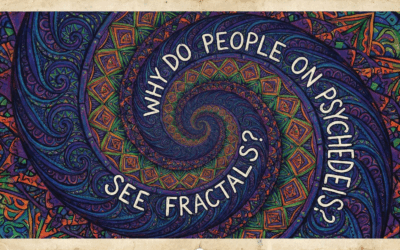
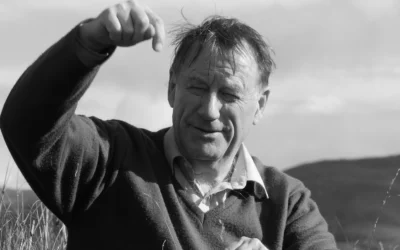
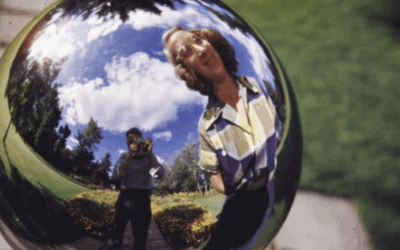
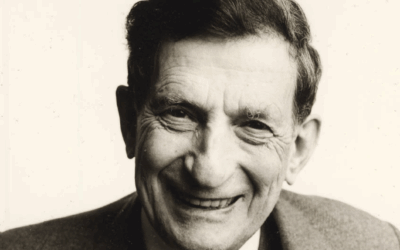


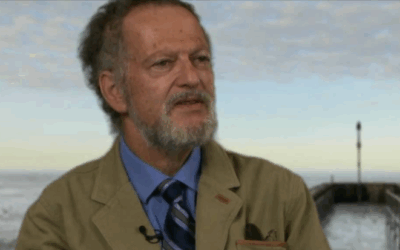
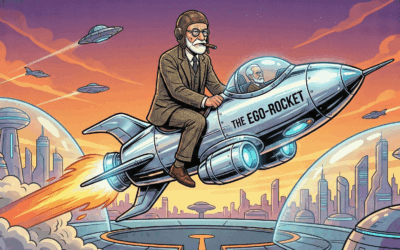

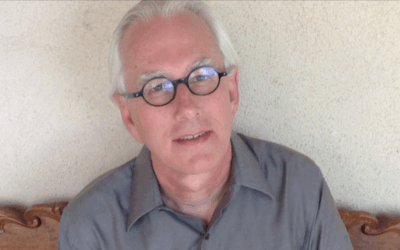
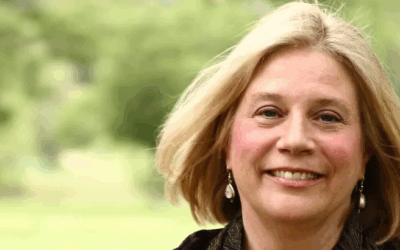
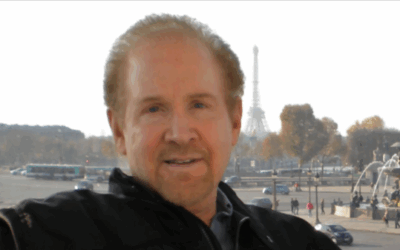


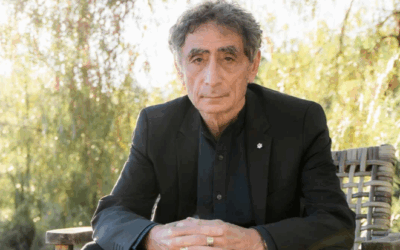
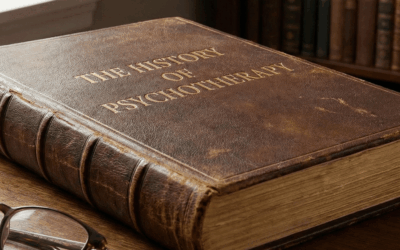
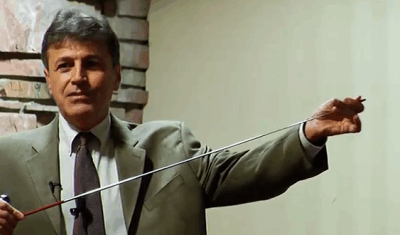

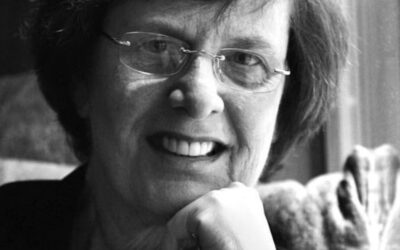

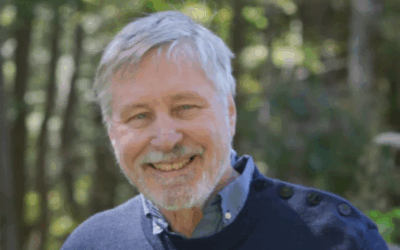
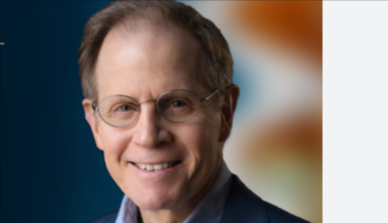
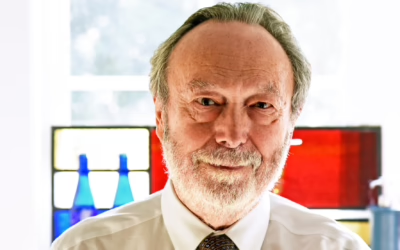
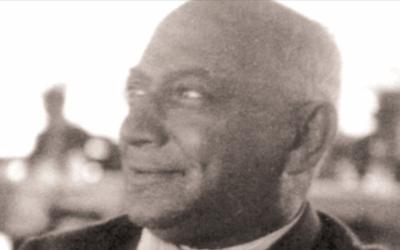
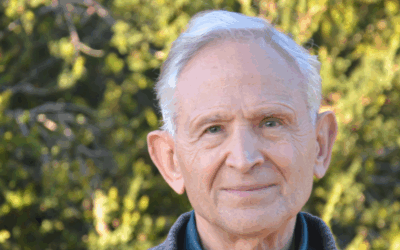
0 Comments